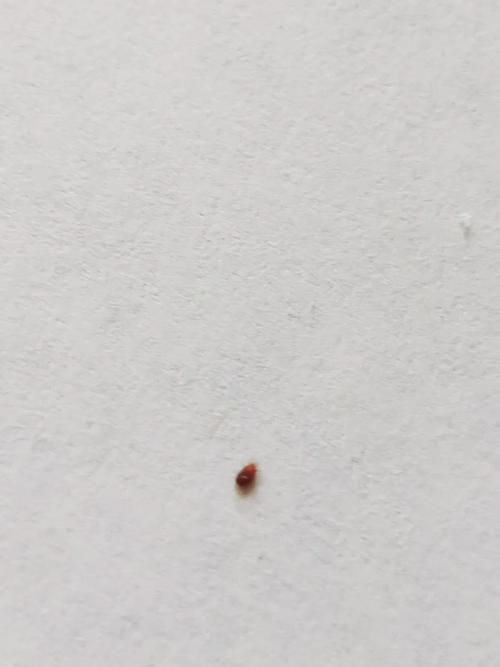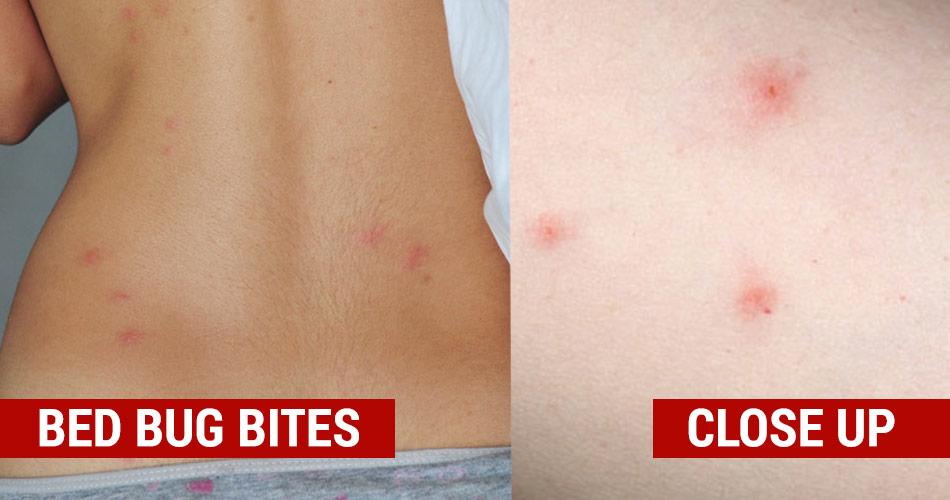
Bed Bug Bite Pictures: A Comprehensive Guide
Bed bug bites can be quite unsettling, and it’s important to understand what they look like and how to identify them. In this article, we’ll delve into the details of bed bug bites, providing you with a visual guide and information on how to manage these bites effectively.
Understanding Bed Bugs
Bed bugs are small, flat, oval-shaped insects that feed on the blood of humans and animals. They are reddish-brown in color and can grow up to 5-7 millimeters in length. These pests are known for their ability to hide in small crevices and are often found in beds, furniture, and other places where humans sleep.

Identifying Bed Bug Bites
Bed bug bites can be difficult to distinguish from other insect bites, but there are certain characteristics that can help you identify them. Here are some key features to look for:
| Feature | Description |
|---|---|
| Appearance | Small, red, itchy bumps that may appear in a line or cluster. |
| Size | Bites are typically about the size of a pinprick. |
| Location | Bites often occur on exposed skin, particularly on the arms, legs, and face. |
| Pattern | Bites may appear in a straight line or cluster, which can be a sign of bed bugs. |
It’s important to note that not everyone reacts to bed bug bites in the same way. Some people may not have any reaction at all, while others may experience severe itching and swelling.
Bed Bug Bite Pictures
Visual aids can be incredibly helpful when trying to identify bed bug bites. Below are some pictures of bed bug bites to give you a better understanding of what they look like:



Managing Bed Bug Bites
Once you’ve identified bed bug bites, it’s important to take steps to manage the symptoms and prevent further bites. Here are some tips:

-
Wash the affected area with soap and water to clean the bite.
-
Apply an antiseptic ointment or cream to prevent infection.
-
Use over-the-counter anti-itch creams or lotions to relieve itching.
-
Consider using oral antihistamines to reduce swelling and itching.
-
Keep the affected area clean and dry to prevent infection.
Preventing Bed Bug Infestations
Preventing bed bug infestations is crucial in avoiding bites. Here are some tips to help you keep bed bugs at bay:
-
Inspect your bedroom and living spaces regularly for signs of bed bugs, such as eggs, shed skins, and fecal matter.
-
Keep your bed linens, curtains, and clothing clean and dry.
-
Use a vacuum cleaner to remove bed bugs and their eggs from furniture, carpets, and other surfaces.
-
Consider using bed bug-proof mattress and box spring encasements.
-
When traveling, inspect your hotel room for signs of bed bugs before unpacking your belongings.
By understanding bed bug bites and taking appropriate measures to prevent infestations, you can minimize the risk of these pesky pests and their bites.





